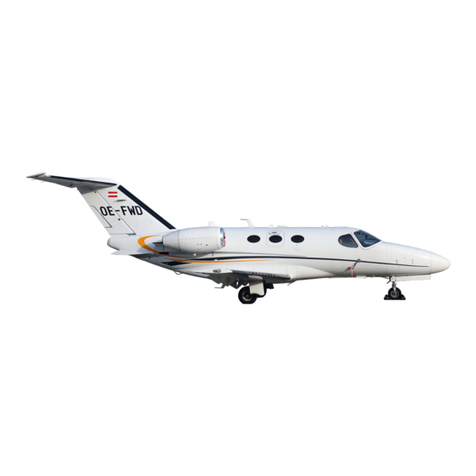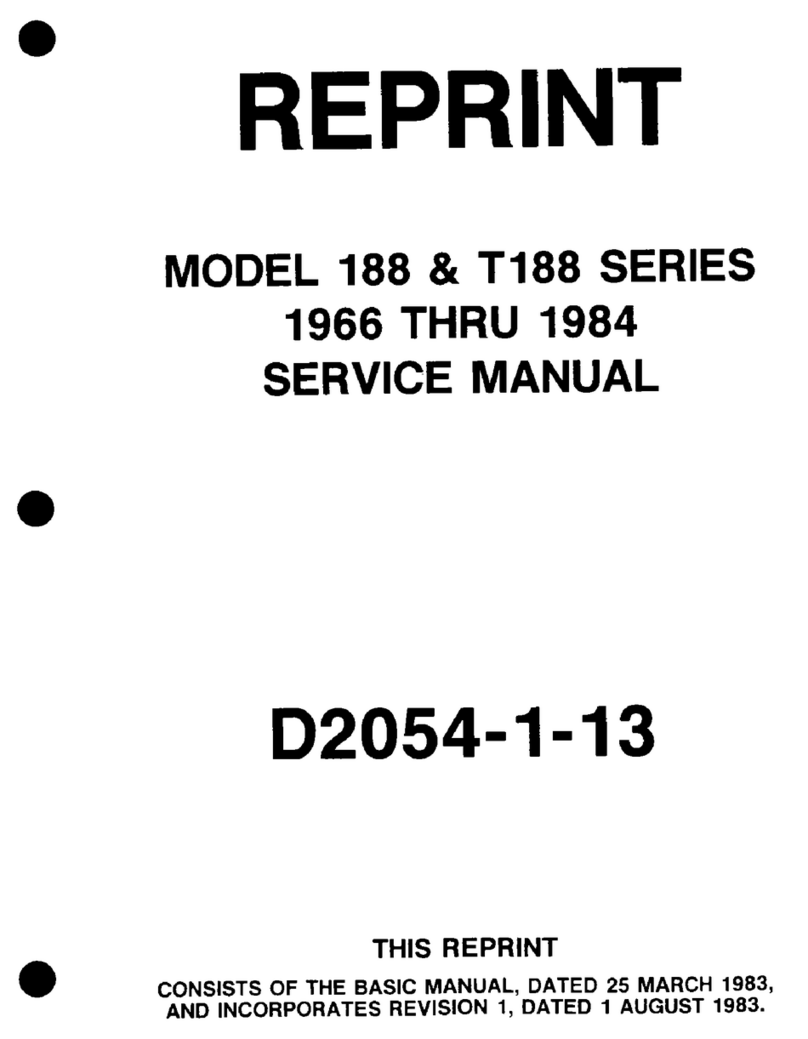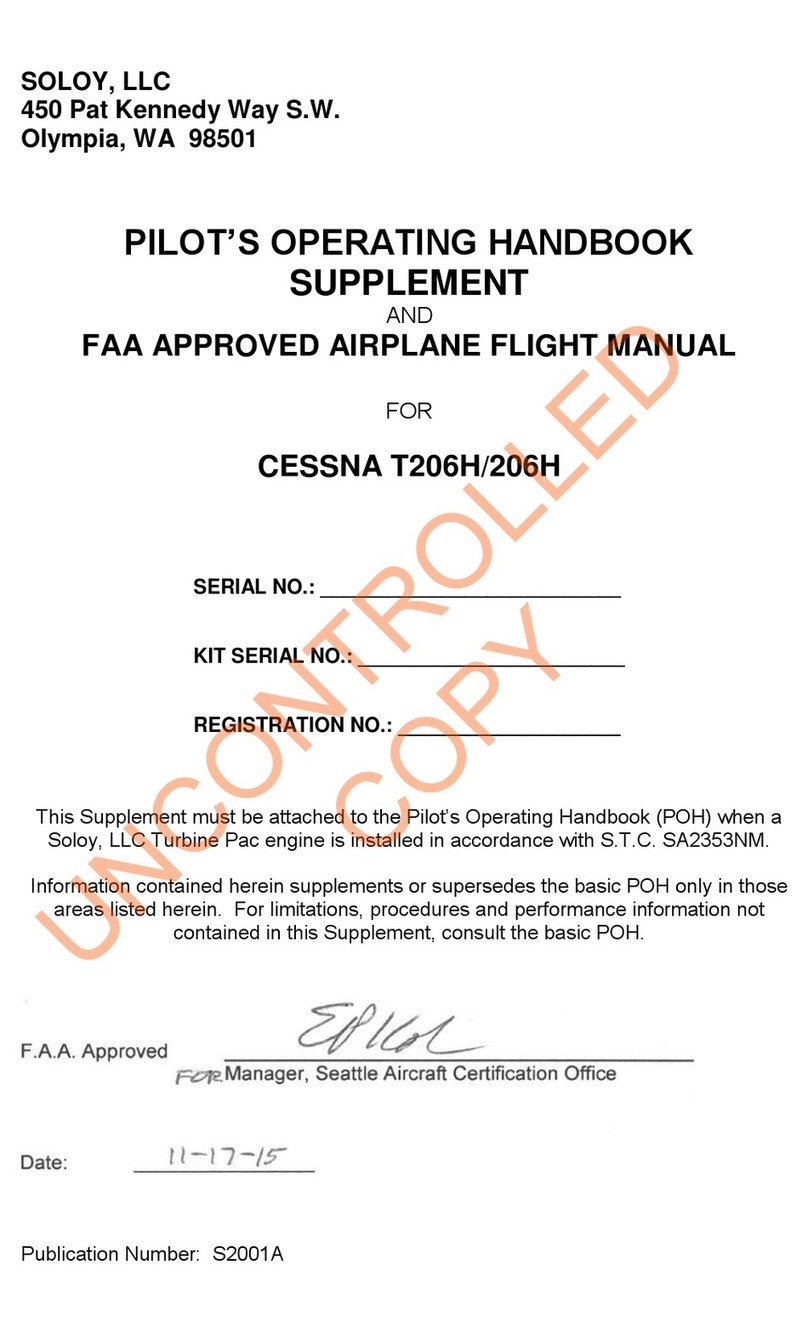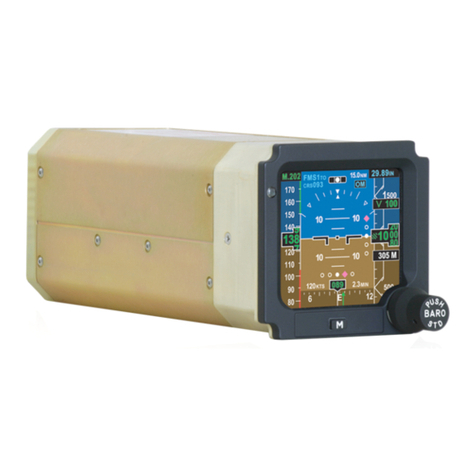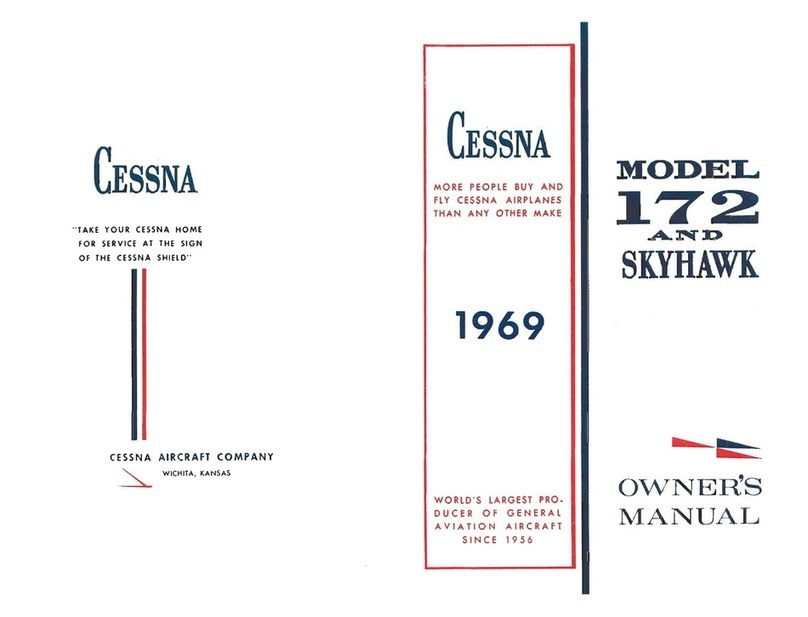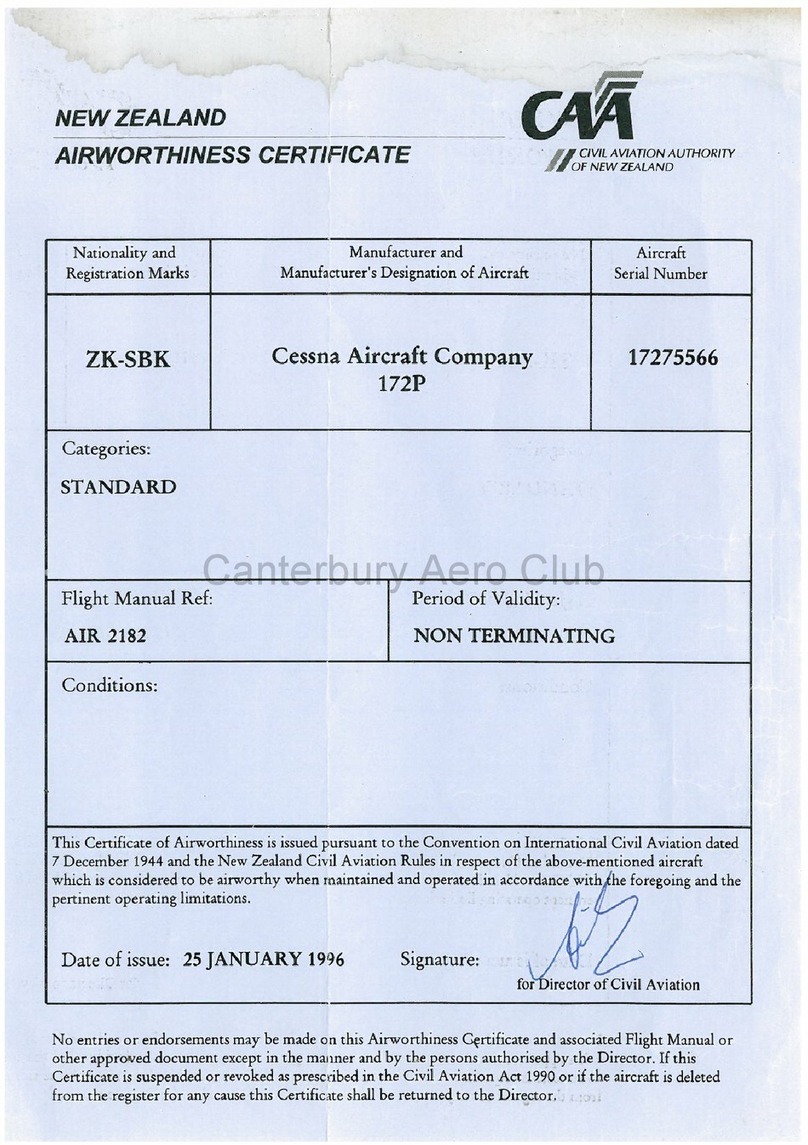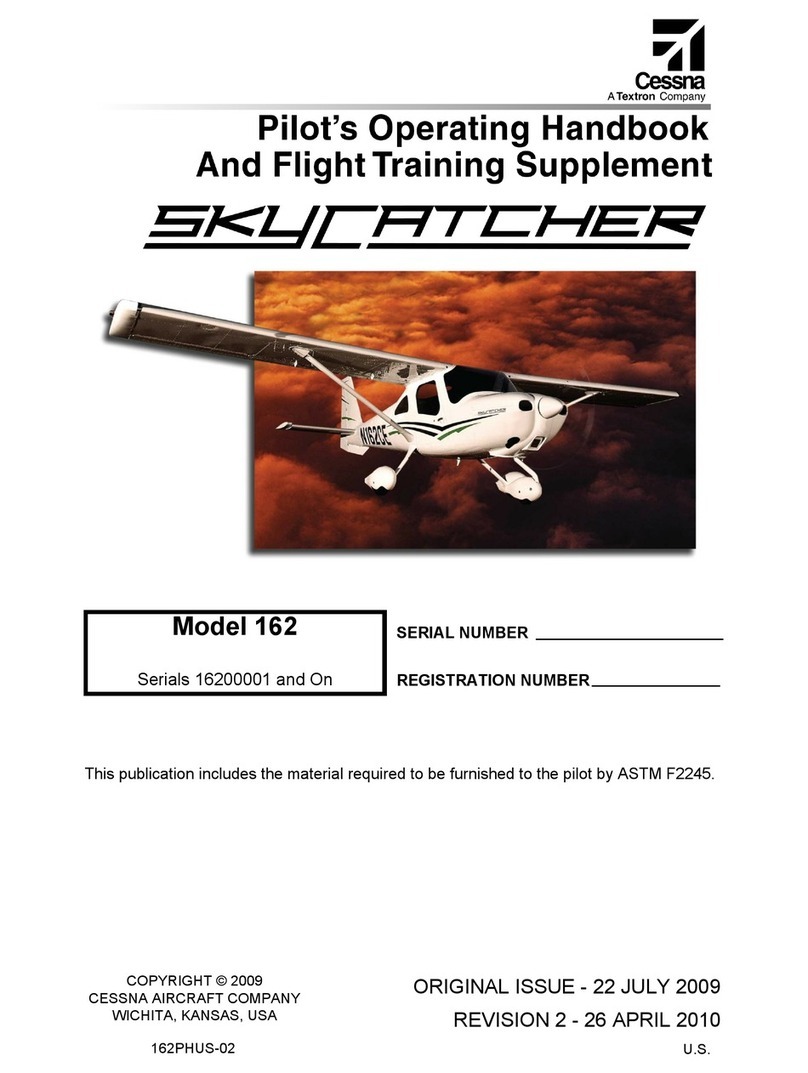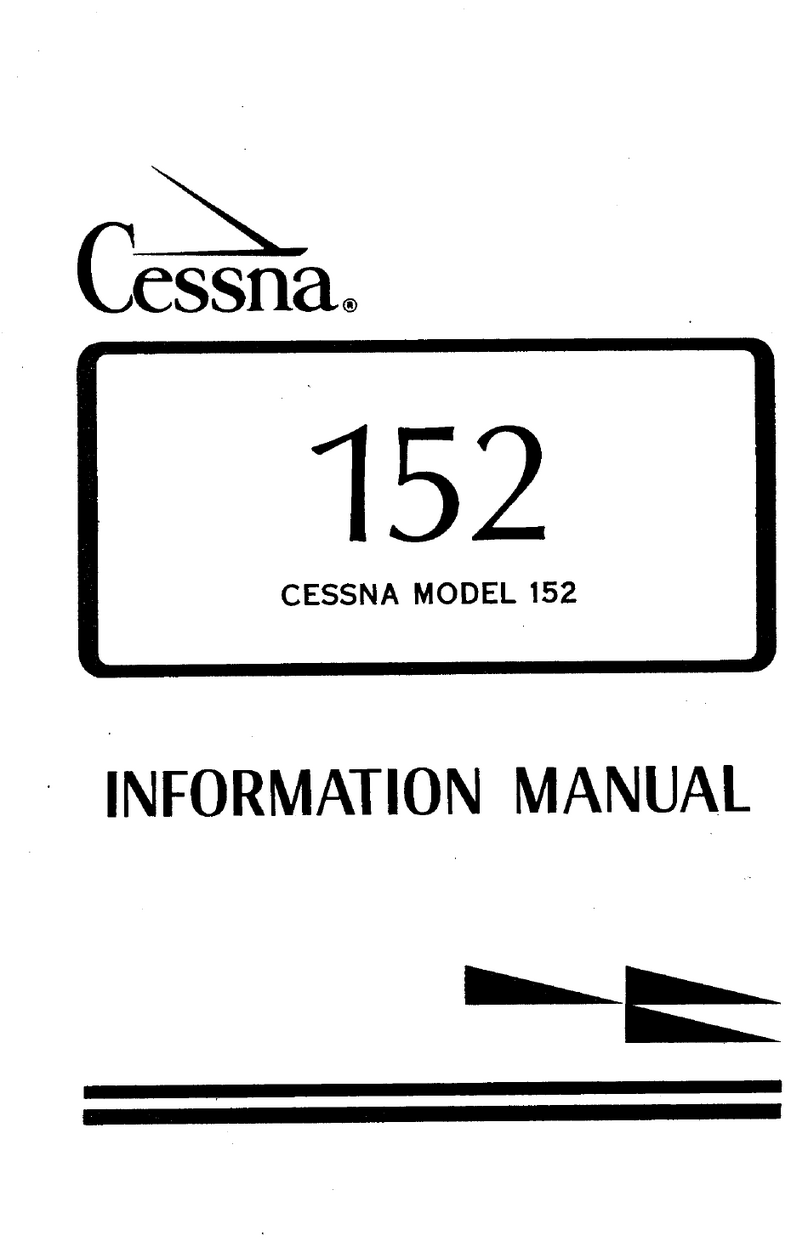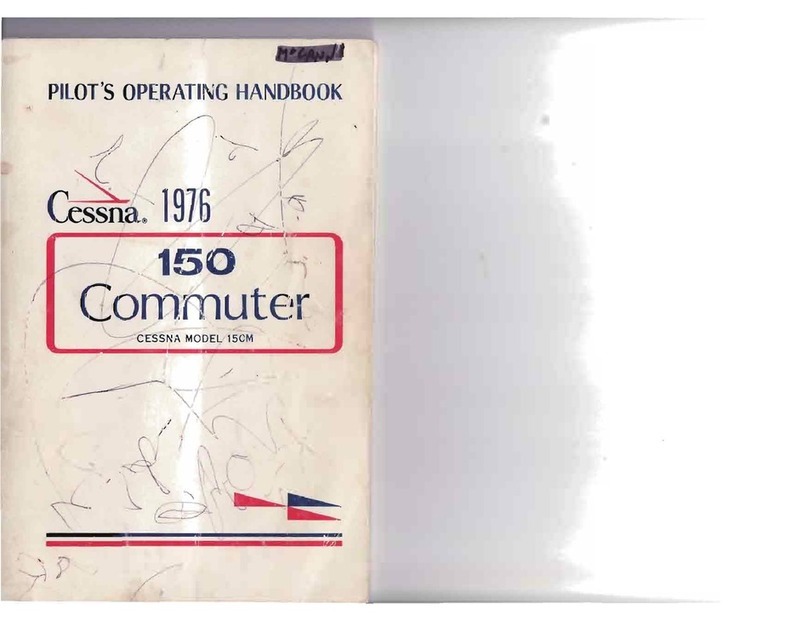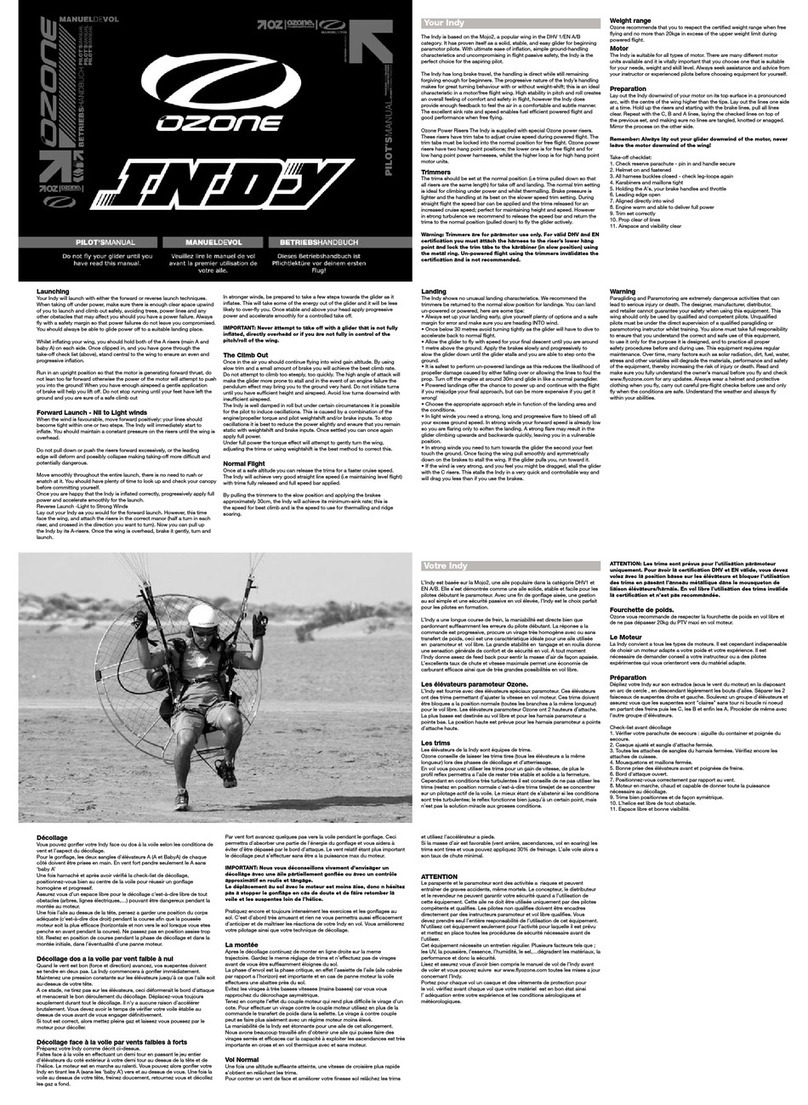DESCRIPTION ALPHABETICALINDEX
complete burning of the fuel-air mix- that the engine be turned over L O
ture driving the pistons. The "R" and while priming. It may be nec- Landing, 2-5, 3-7 Oil Dilution System, 3-9
L" positions are used for checking essary to continue priming crosswind, 2.5 switch, 1-11
purposes only. until the engine runs smoothly. diagram, 5.6 Oil Filler Cap, 1-6
normal, 2-5 Oli Level, 1-6
ENGINE PRIMER. STARTERBUTTON. short field, 2-5 Oil Pressure Gage, iv, 1-8
Landing Gear, 1-15, 6-2 Oil Specification and Grade, 1-8
The engine primer (11, figure 2) is Apush-button switch (1, figure 5) Landing Lights, 1-20 Oil System, 1-6
amanual pump type and is located operates the electrical starter motor Left Tank Fuel Quantity Indicator, iv schematic, 1-7
below and slightly to the left of the . . .Let-down, 2-4, 3-3 Oil Temperature Gage, iv, 1-8
.and is located at the left side of the in- Lifting and Jacking, 6-2 Omm Indicator, iv
throttle. Regardless of the outside air Light Operations Authorized, 4-1
temperature, use of the primer is nor- strument panel dome, i-2i optionalRadio space, iv
mally required for starting the engine. TACHOMETER. (*|*or ning, 1-io, 1-13 OxcyÃ
dSys m, 3-9
The primer aids starting by supplying Arecording engine tachometer (16, landing, 1-2o diagram, a-il
an initial charge of raw fuel to the figure 1) is mounted above the en- map, 1-21 duration chart, 3-12
navigation, 1-20 face mask, 3-14
engine cylinders- gine instrument cluster on the right radio dial, 1-21 flow indicator, 3-14
NOTE side of the instrument panel. The Lighting Eguipment, 1-20 operation, 3-10
Only five cylinders are primed tachometer indicates engine RPM and ara¢ce sna 182, i-2a 9pru scoangnccouplings, a-i2
by the engine primer. The right records engine operating hours. Lower Forward Section of Cabin, 1-14 regulator, 3-11
rear cylinder (No. 1) provides MANIFOLD PRESSUREGAGE. Lubricartion, b167 schematic, 3-13
the manifold pressure source Amanifold pressure gage (14, fig-
connection and is not primed. . . .
ure 1) is mounted immediately to the
To operate the primer, proceed as left of the tachometer and above the
follows: engine instrument cluster on the right M
(1) First, unlock the plunger by side of the instrument panel. This in- Parking Brake Handle, iv, 1-16
turning the knob counter- strument indicates the pressure of the Magnetic Compass, 1-18 Parking Brake Operation, 1-16
-Main Landing Gear, 1-15 Pitot Heater, 1-17
clockwise until the knob pops fuel-air mixture entering the engine Maneuvers, Pitot -Static System, 1-17
part way out- cylinders and is calibrated in inches normal category, 4-1 Pressure, Tire, 6-3
(2) Slowly pull the plunger all of mercury. By observing the manifold Manifold Pressure Gage, iv, 1-4 Primer, Engine, 1-3, 1-4
Map Light, 1-21 Principle Dimensions, n
the way out and then push the pressure gage and adjusting the pro- Map Pocket, 1-23 Propeller, 1-5, 6-7
plunger all the way in. This peller and throttle controls, the power Marker Beacon Switch, 1-11 Propeller Pitch Control, 1-3, 1-5
action is termed "one stroke out ut of the en ine can be adjusted to Master Switch, 1-10, 1-11
Miscellaneous Equipment, 1-22
of the primer"- any power setting recommended in the Mixture controlKnob, 1-2, 1-3
(3) Normal weather will require operating procedures of Section II or Mooring Your Airplane, 6-1
one or two strokes of the performance charts of Section V.
primer, and very cold (-20° F)
weather may require three or CYLINDERHEAD TEMPERATURE Radio Dial Light, 1-21
four strokes. GAGE. (OPTIONAL EQUIPMENT.) Radio Switch, 1-10, 1-11
(4) Normally, the engine is start- Acylinder head temperature gage Nns.c ,b 5a
ed immediately after the prim- (24, figure 1) is mounted immediately Navigation Lights, 1-20 Rear Seat, 1-18
ing operation. In very cold below the engine instrument cluster on nasher, 1-20 Rheostat, Instrument Lights, 1-21
weather it is recommended the right side of the instrument panel. Nose Gear, 1-15 Rheostat, Radio Dial Light, 1-21
A-3
1-4
